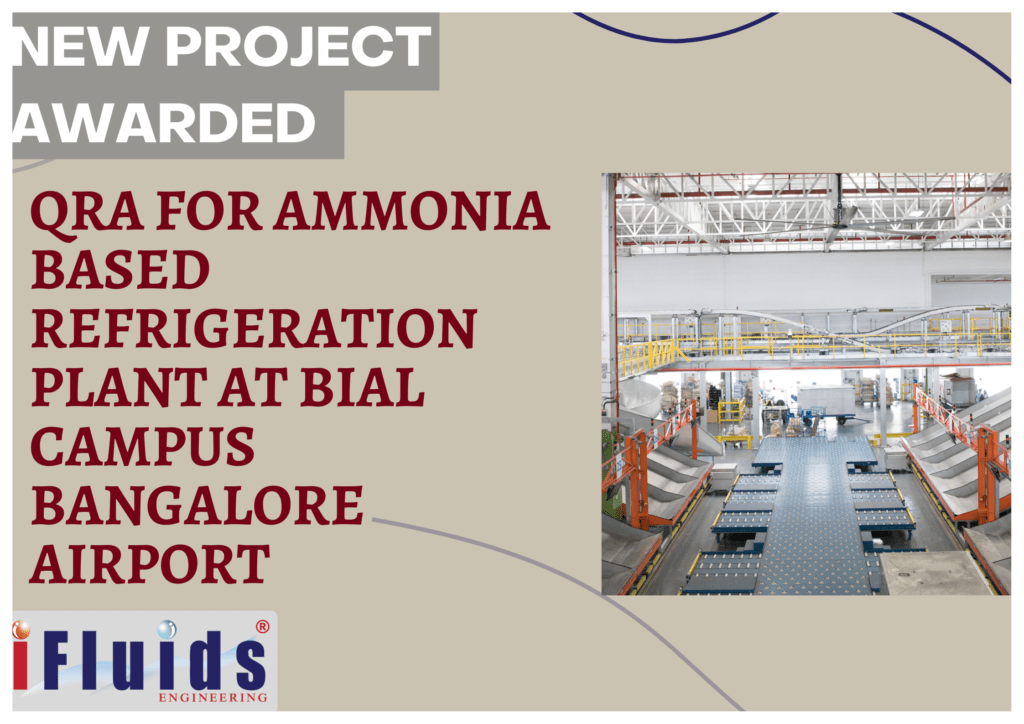
SIL Verification of identified SIF loops & Preparation of SRS for IOCL Barauni Refinery
March 18, 2022The country's second refinery, the Barauni Refinery, was commissioned in July 1964 , with a refining capacity of 1 million metric…
Creation of As-built P&ID and PFD drawings, HAZOP study, Quantitative Risk Analysis, Consequence Analysis, Preparation of SOPs & Manual of Heavy Crude oil and Natural Gas Production installations and Work over operations of Oil India Ltd, Rajasthan Fields.
March 11, 2022Oil India Limited has awarded iFluids Engineering to carry out As-built P&ID and PFD drawings, HAZOP study, Quantitative Risk Analysis,…
QRA FOR AMMONIA BASED REFRIGERATION PLANT AT BIAL CAMPUS BANGALORE AIRPORT
December 7, 2021QRA FOR AMMONIA BASED REFRIGERATION PLANT AT BIAL CAMPUS BANGALORE AIRPORT




